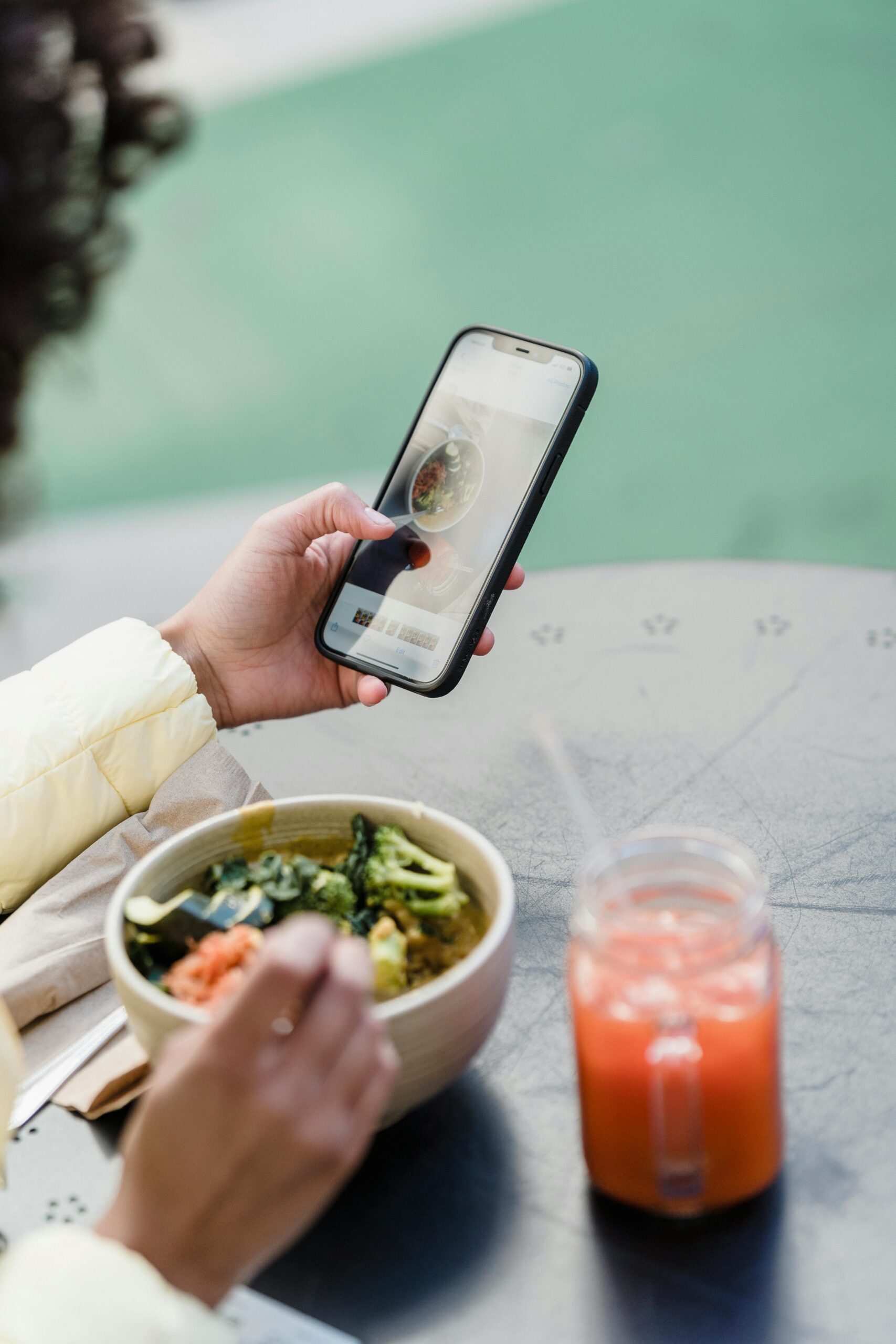An influencer’s content might look good, but will it drive results for your brand? In today’s digital landscape, influencer marketing has become a cornerstone strategy for brands aiming to reach and engage their target audiences. However, the true measure of an influencer’s value isn’t just the aesthetic quality of their posts but their ability to engage and drive results. This comprehensive guide will delve into the crucial aspects of influencer engagement and how it can benefit your brand.
Understanding Influencer Engagement
Influencer engagement refers to the interaction between the influencer and their audience. This includes likes, comments, shares, and other forms of interaction on social media platforms. High engagement rates indicate that the influencer’s followers are actively interested in their content, making it more likely that their endorsements will resonate and drive action.
Why Engagement Matters More Than Follower Count
Many brands make the mistake of partnering with influencers solely based on their follower count. However, a large following doesn’t necessarily translate to high engagement or influence. Micro-influencers, who typically have between 1,000 to 100,000 followers, often have higher engagement rates than macro-influencers with millions of followers. This is because their audiences tend to be more niche and loyal.
Key Metrics to Measure Influencer Engagement
To ensure your influencer marketing campaign is effective, it’s essential to track specific engagement metrics:
- Engagement Rate: The percentage of an influencer’s audience that interacts with their content. This is calculated by dividing the total number of interactions (likes, comments, shares) by the number of followers and multiplying by 100.
- Comments and Shares: While likes are important, comments and shares are more indicative of genuine interest and engagement.
- Click-Through Rate (CTR): The percentage of people who click on a link in the influencer’s post compared to the number of people who view the post.
- Conversion Rate: The percentage of clicks that result in a desired action, such as a purchase or sign-up.
Selecting the Right Influencers for Engagement
When choosing influencers to partner with, consider the following factors:
- Relevance: Ensure the influencer’s content aligns with your brand values and target audience.
- Authenticity: Audiences value genuine endorsements. Choose influencers who genuinely use and believe in your products.
- Engagement History: Review the influencer’s past content to assess their engagement rates and the quality of interactions.
Strategies to Boost Influencer Engagement
To maximize the engagement and effectiveness of your influencer partnerships, implement these strategies:
- Collaborative Content Creation: Work with influencers to create content that feels authentic and resonates with their audience.
- Exclusive Offers and Discounts: Providing unique discounts or offers through influencers can drive more engagement and conversions.
- Interactive Campaigns: Encourage influencers to use interactive features like polls, Q&A sessions, and live videos to engage their audience.
- Storytelling: Influencers who share personal stories or experiences with your product can create a deeper connection with their audience.
Case Studies of Successful Influencer Engagement
Here are a few examples of brands that successfully leveraged influencer engagement:
- Daniel Wellington: The watch brand grew exponentially by partnering with micro-influencers who posted aesthetically pleasing photos featuring their watches, coupled with discount codes.
- Glossier: The beauty brand’s success is largely attributed to its community of micro-influencers and everyday consumers who share their authentic experiences with Glossier products.
Conclusion
Influencer engagement is a critical component of any influencer marketing strategy. By focusing on engagement metrics and selecting the right influencers, brands can drive meaningful results and build stronger connections with their target audiences. Remember, the true power of influencer marketing lies in the genuine interactions and relationships influencers foster with their followers.





